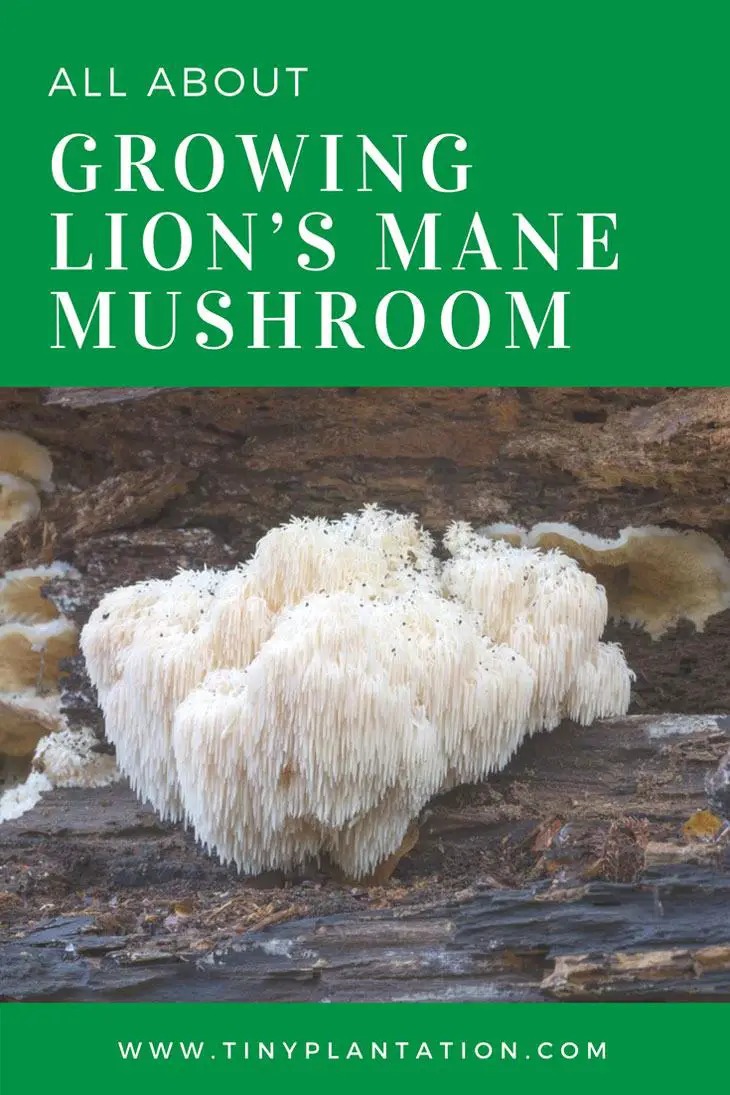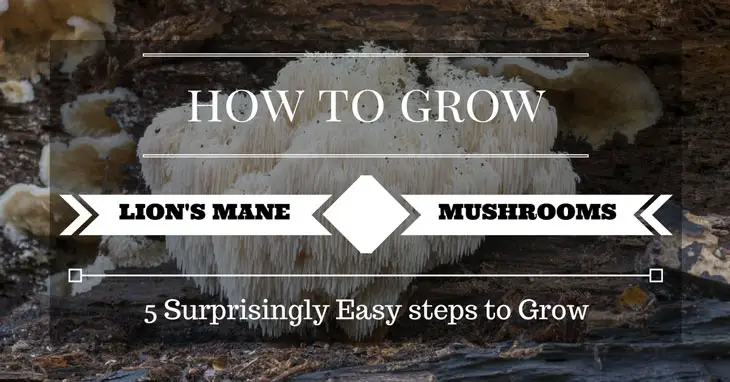5 Surprisingly Easy Steps to Growing Lion’s Mane Mushroom
Want a continuous supply of a mushroom that tastes like a lobster? You may want to consider growing Lion's Mane mushroom. It is a versatile mushroom that you can add to many dishes. However, it is a bit tricky to grow. In this guide, we will show you the easier way to growing Lion’s Mane mushroom.
More...
What is Lion’s Mane Mushroom?
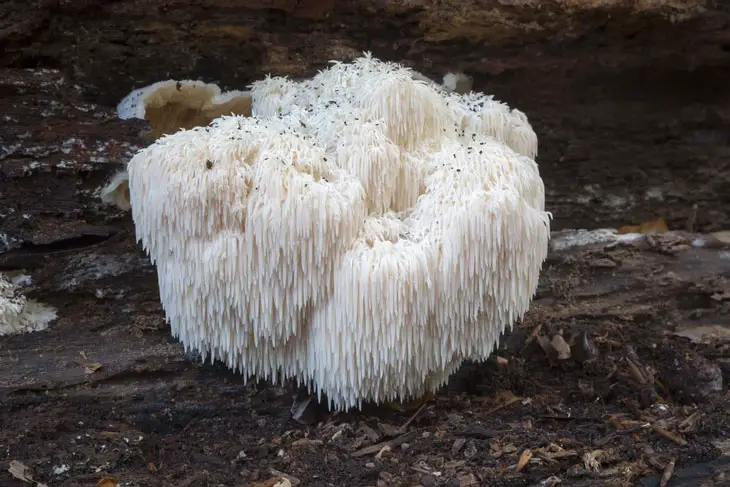
Lion’s Mane Mushrooms have a unique appearance. You will easily recognize them when you find one in the woods. Lion’s Mane mushrooms don’t have a stem and a cap. They normally form a snowball-like formation. They have elongated teeth with a spongy texture. These mushrooms are white in color when still young. They then turn to brown as they age. Individual mushrooms can be large. Some of them even weigh over one pound.
You can watch this video to give you an idea on how Lion’s Mane Mushrooms look like.
Why Growing Lion’s Mane Mushrooms?
Some say that growing lion's mane mushroom is a bit challenging to do. They are sensitive to direct exposure to rain or spray. They also bruise easily. For this reason, utmost care is important when growing Lion’s Mane mushrooms.
Lion’s Mane mushrooms offer numerous benefits. These encourage many people to grow this type of mushroom.
- Culinary benefits
Lion’s Mane mushrooms have a seafood-like flavor when cooked. Some liken their taste to lobster or shrimp. This unique taste makes them a favorite among vegetarians or people allergic to shellfish. The trick to cooking these mushrooms is to cook them slowly. They are tough and watery, so they need longer cooking time. The extra cooking time is worth it. They are delicious on their own. You can also add them to a variety of dishes as a substitute for seafood.
Another trick to cooking these mushrooms is to add butter and spices toward the end of cooking. This is because Lion’s Mane mushrooms give off a lot of water. When you add butter and spices at the beginning of cooking, the water will overpower them. Cook until golden brown.
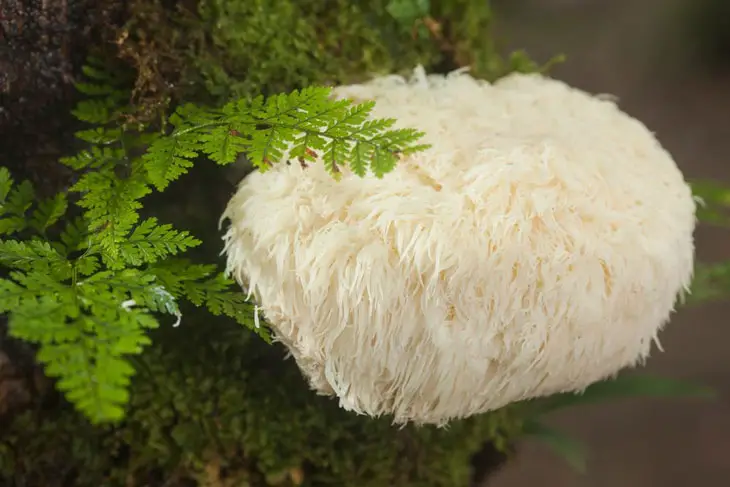
- Health benefits
Health benefits. Lion’s Mane mushrooms also have medicinal benefits. In traditional Chinese medicine, they are commonly used for stomach problems and issues in the digestive organs. There are also various researches suggesting that they have anti-inflammatory and antibacterial properties. They also support the immune system.
Other medicinal and health benefits of Lion’s Mane mushroom include:
- Helping fight certain types of cancer
- Possible treatment for dementia, Alzheimer’s and other neurological conditions(Source)
Materials in Growing Lion’s Mane Mushroom
- Lion’s Mane spawn
- Substrate (options include hardwood or softwood sawdust, straw, or another substrate rich in cellulose)
- Big bucket
- Small jars / polypropylene bag / polypropylene plastic
- Pressure cooker
Now for Shopping!
Procedure in Growing Lion’s Mane Mushroom
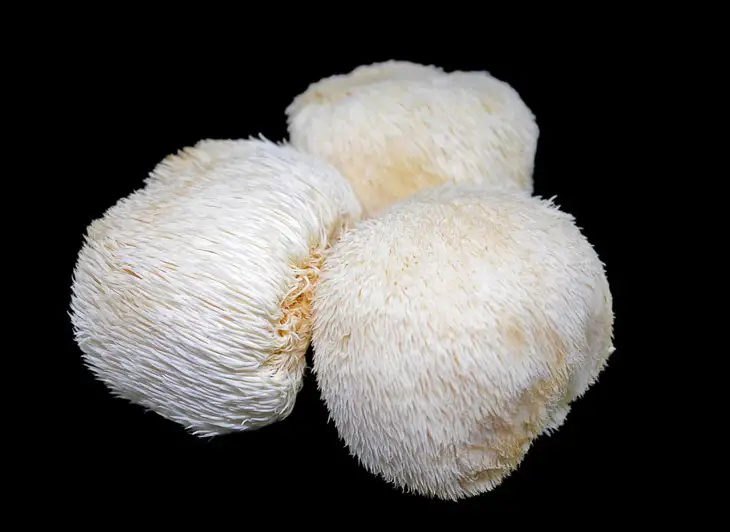
1. Sterilizing the substrate
Lion’s mane mushrooms are difficult to grow when the substrate is not sterilized. To do this, fill the bucket with a substrate. Soak it with water for at least 2 hours. After 2 hours, drain all the excess water. Leave it again for another half an hour and then drain the excess water. Note that any excess water will cause contamination. This will hinder the growth of mushrooms. Let the substrate cool for about 6 hours.
2. Transferring the substrate to small jars/plastic bags
Transfer the substrate to jars or plastic bags. Make sure not to overfill. Also, ensure that you have a clean working area to avoid contaminating the substrate. During this process, it is important that the jar cover is loosely fitted. If using plastic bags, the tops should be loosely folded over.
You can check this video for more information on how to sterilize the substrate using a pressure cooker.
After the hissing starts, you can continue sterilizing the substrate for up to 2 hours.
3. Planting the spawn
After sterilizing the substrate, turn off the heat. Let the substrate cool for 6 hours inside the pressure cooker. While waiting for the substrate to cool, prepare your working area. Make sure that it is thoroughly clean. Also, without opening your spawn pack, gently crush and separate spawn. This will make it easier for you to mix the spawn with the substrate later.
When your substrate is ready, wash your hands and prepare for planting. Remove the substrate from the pressure cooker and add the spawn to the substrate. As soon as you are finished, seal the jar or plastic bag.
Shake the jar or bag to mix the substrate and spawn.
4. Waiting Period
Leave the jar or plastic bag in a room that is not directly exposed to the sun for about 3 weeks. The temperature in the room should be between 18 to 25 degrees Celsius. After 3 weeks, the substrate should already be fully colonized. This happens when the substrate is covered with whitest fungi.
When the substrate is fully colonized, you should transfer the jars to an airy location with traces of light. Make tiny holes in the jar cover or the plastic bag. The holes should be about 5 mm in diameter. The mushrooms will grow through these tiny holes.
High humidity is essential for growing Lion’s Mane mushroom. To increase humidity, you can put the jars or plastic bags inside a water proof container. Just partially cover the top. Spray water on the substrate twice a day. Make sure just to make the substrate moist but not wet.
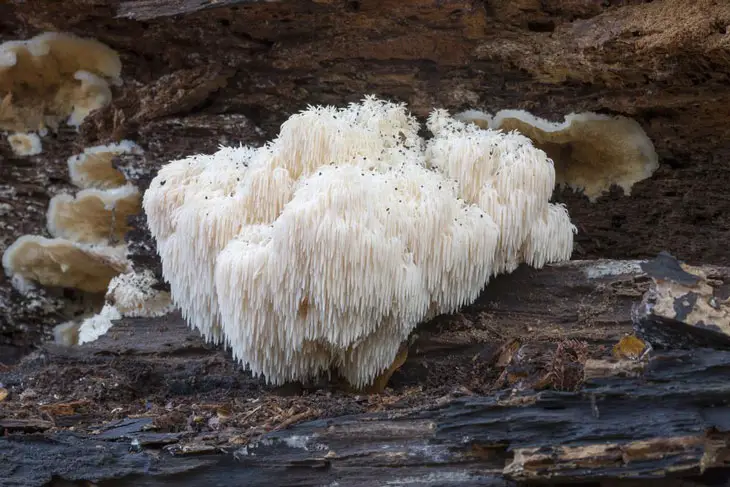
5. Harvesting
In a few weeks, you should see Lion’s Mane mushrooms growing through the holes. Make sure to harvest the mushrooms before they start turning pink.
When harvesting, cut the “snowball” close to the bag using a sharp knife. Be careful not to damage the spine. It is said that this mushroom will store longer in the fridge when handled properly. Subsequent flushes will occur. The fruits will normally develop at the sites of previous fruits.
Tips and Tricks in Growing Lion’s Mane Mushroom
- Where Lion’s Mane grows best
Lion’s Mane mushrooms grow best on a supplemented hardwood substrate. With this, you can add wheat bran and 10 to 20% as a supplement.
- Holes in the jar/bag
More holes in the jar cover or plastic bag will result in more smaller fruit. Fewer holes normally result to fewer but larger snowballs.
- Light quality
Light quality is vital to growing Lion’s Mane mushrooms. The best option is natural light from the sun. You can put your growing mushrooms near a bright window with indirect exposure to the sun. As an alternative, you could also use florescent or LED lights. The brighter the light, the better.
- Storage
Freshly harvested Lion’s Mane mushrooms can be stored in a fridge at (+4 °C). They normally stay fresh from 2 to 3 days. For extended storage time, you could use deep freezing, drying, or jarring techniques.
When drying, slice the mushrooms by 5 mm and lay them in a dry and ventilated place. You could use hot air-dryers but make sure not to go over 40 °C. When you go over that temperature, some of the valuable nutritional value may be lost. For deep freezing, it is also recommended to slice the mushroom.
- According to mycologists
According to mycologists, Lion’s Mane is among the mushrooms that are difficult to grow outdoors. Using the stump or log method, it could take years to grow Lion’s Mane outdoors.
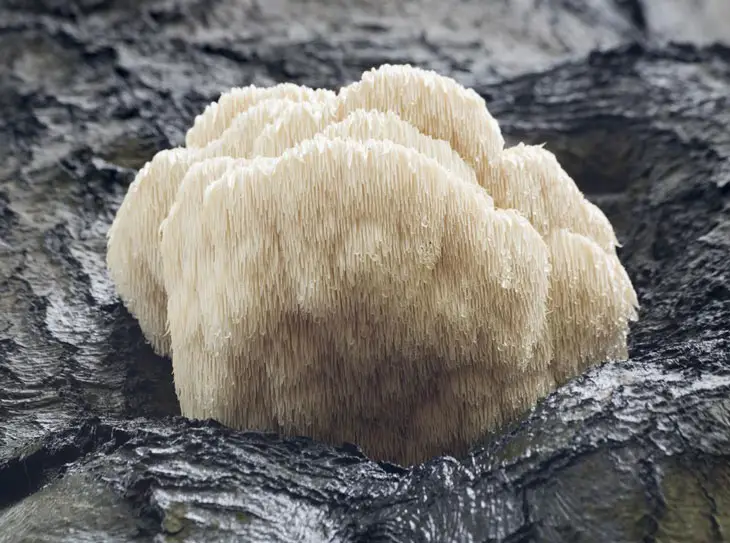
Conclution
Growing Lion’s Mane mushroom in your home is possible using the five easy-to-follow steps we have listed above. During the growing process, it is important to use the right substrate. Humidity and proper lighting are also vital to get more harvest. Growing Lion’s Mane mushrooms is all worth it as they offer numerous benefits.
Did you find our guide useful? Please share with us your thoughts by adding a comment below. You may also share this article with others who are interested in growing Lion’s Mane mushroom.
Pin it !
